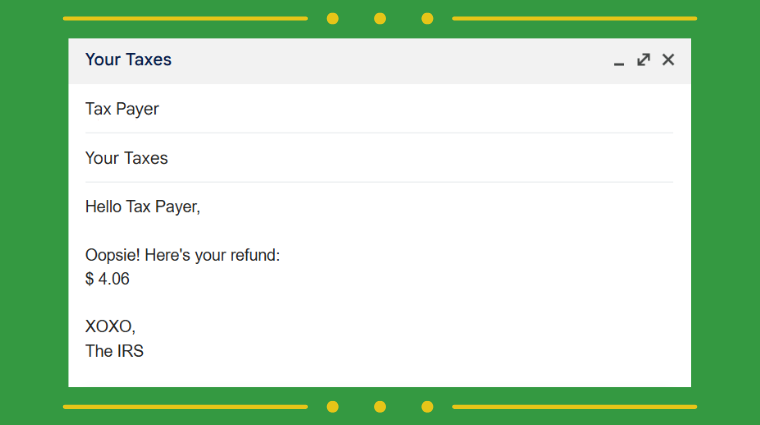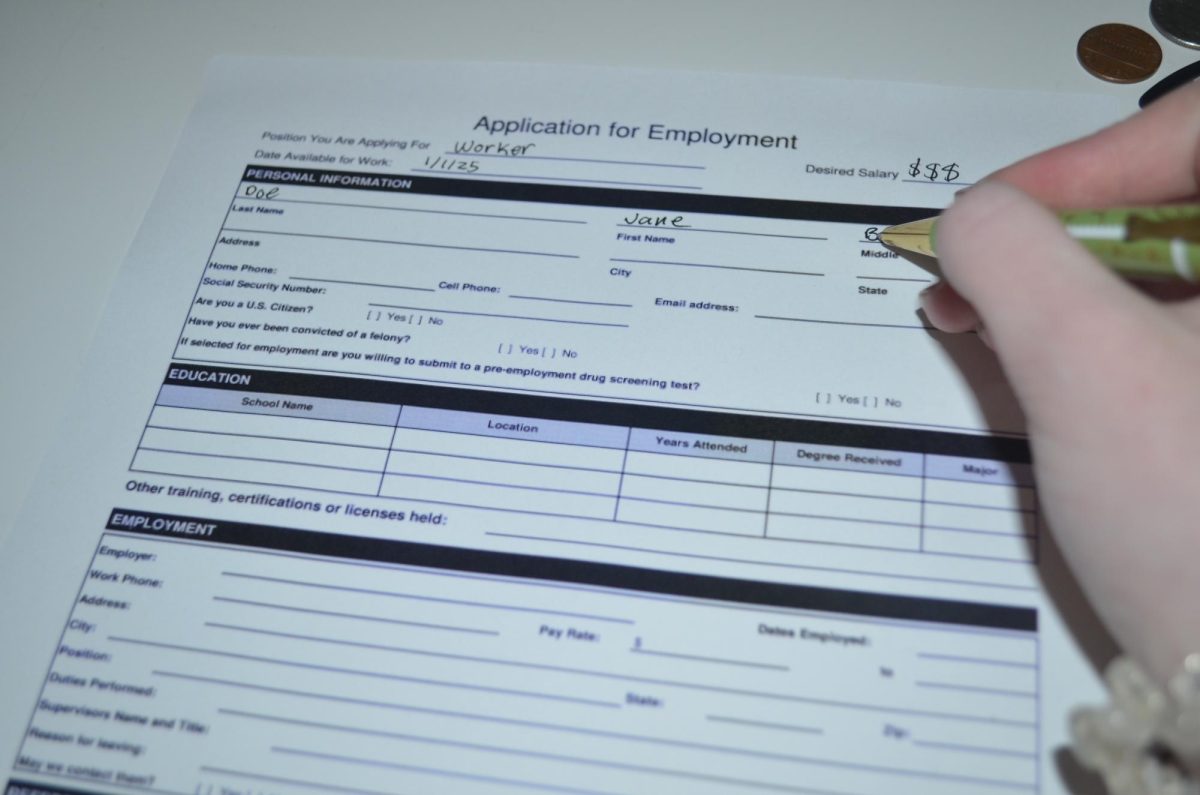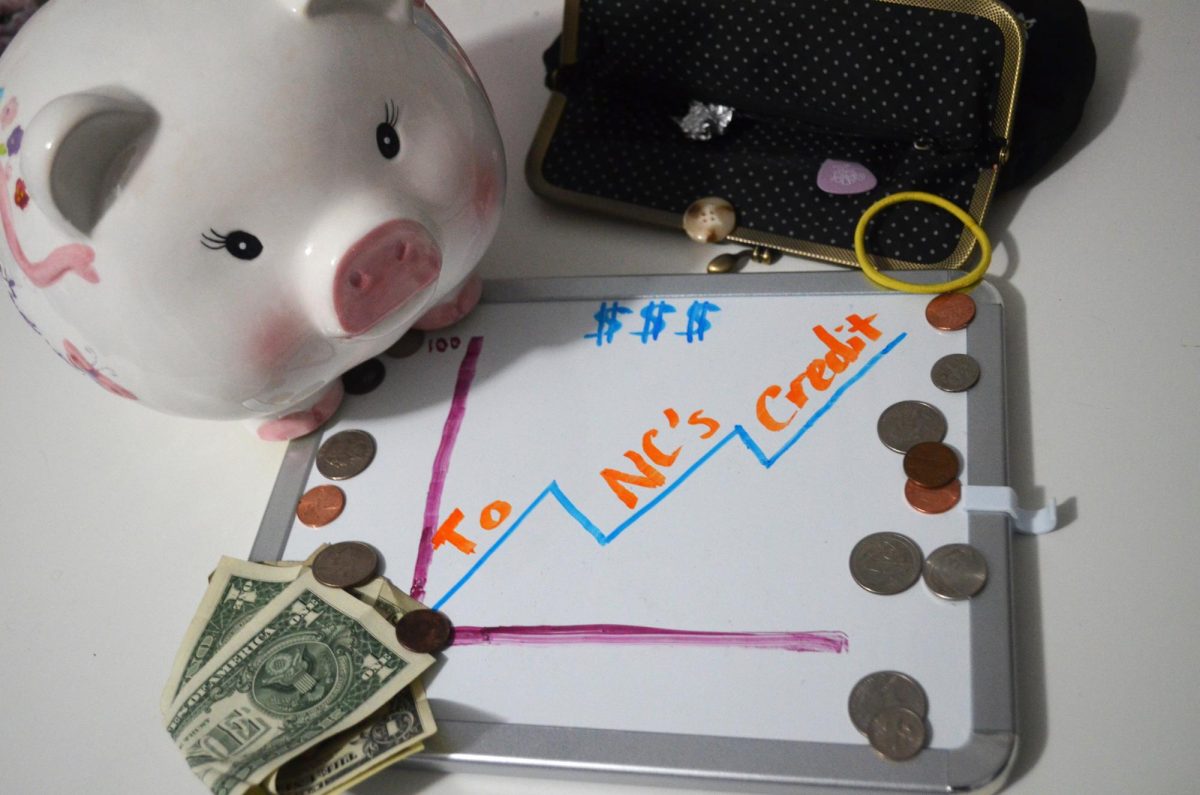Money-wise, garnering wisdom about saving, spending and even donating money can cause young people trouble. For those as enthused about retirement as their parents and grandparents, a retirement account such as an Individual Retirement Arrangement (IRA) or 401(k) can act as a helpful tool. Each of these accounts works similarly: Individuals’ money enters an account where they can invest in certain stocks; while these stocks grow, investors receive interest payments which these accounts immediately reinvest. Over time, each of these accounts allows people to increase their net worth. While at a certain point in a person’s life, any of these accounts might work flawlessly, a Roth IRA tends to represent a superior choice for kids, teenagers and young adults.

Roth IRAs act like IRAs, in that the investment does not depend on an employer to open the account or contribute to it. 401(k)s, on the other hand, remain under employer care until a worker person retires, assuming the business offers the arrangement at all. Additionally, Roth IRAs stand against their traditional counterparts because the money people contribute to them enters after taxes, meaning that when a cash-savvy person decides to withdraw from the account, he or she will not face the taxes that traditional IRA holders will pay. For young people, this circumstance will help in the long run, because the majority of working teens sit in the lowest tax bracket they ever will, so by paying taxes on their contributions young, they can expect to pay the lowest rates possible on the money which finds itself in the account.
“With long-term savings, the younger you start, the more money you’ll have in the long run. Retirement savings earn what’s called compound interest, meaning it earns interest on top of interest, so the longer you save, the longer you invest, and the longer you give it to earn money for you. On average, the people who start saving when they are in their early 20s end up with far more money than people who wait until they are older and your likelihood of being able to retire goes up,” Advanced Placement (AP) Microeconomics teacher Tara Sisino said.
To start a Roth IRA, teenagers under the age of 18 should talk to a parent or guardian and ask them to create a custodial account. Legal adults can skip this step and open an account for themselves. In either situation, the account holder can typically create an account with his or her bank of choice, such as Bank of America or Chase, or through another investment advisor such as Vanguard. Roth IRAs rarely involve a minimum input to open, but to fully utilize the investment opportunities, banks and companies might set a minimum.
Roth IRAs present a fantastic way for young people to start saving for retirement. Even if saving may seem daunting, even minute contributions over time can add up for hard-working teenagers and adults alike.












